Where is my corgi, Sir Galahad? Let us narrow it down.
The universe may be spatially infinite, or it may be a bubble in a multiverse. Whichever the case may be, it’s still all we can observe. I think it’s safe to say my corgi is there, somewhere among the filamentary structures of the galaxy superclustering pattern.

Within the foamy texture of the larger universe, we look for a particular zone where some of the superclusters are aligned in a roughly-flat plane, locally. By “local,” I mean, within a billion light years of each other. Here we find the Perseus-Pisces supercluster and the Shapley supercluster. There is a particularly dense knot of a few thousand galaxies called the Virgo Cluster. Let’s explore there.
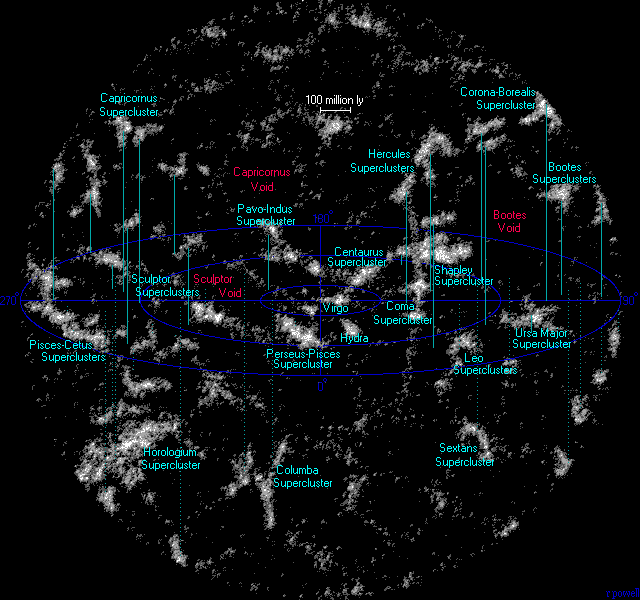
The Virgo cluster dominates the luminous mass within a zone about 100 million light years across. The Fornax and Eridanus clusters are wimpy in comparison. Wimpier still is a pair of galaxies and a few neighbors dubbed the Local Group.

The Milky Way galaxy and the Andromeda galaxy are the heavyweights in this “poor” group of galaxies. The pair are attracted to each other by gravity and it is estimated that in a billion (or two) years they will merge together.

The Milky Way galaxy is a spiral galaxy. It forms stars at a rate of about 2 per year. It has a lot of substructure, such as spiral arms, a central bar, nebulae, giant molecular clouds, dense star clusters, and satellite galaxies, some of which are also doomed to merge with the Milky Way.
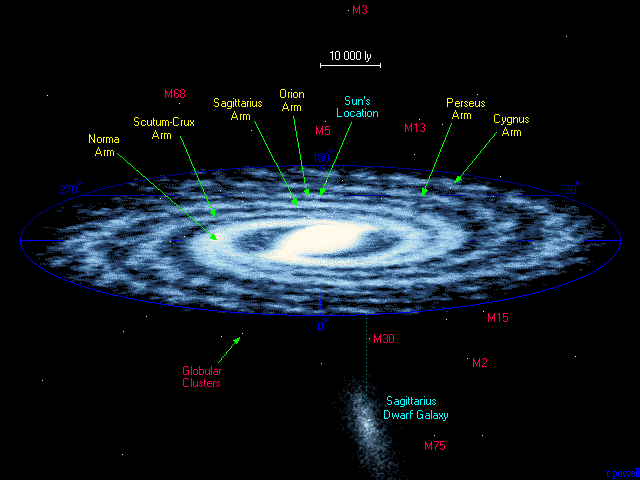
If we zoom in along spiral arms called the Orion Arm and the Cygnus arm, we find a few bright individual stars that might serve as guides because they are so bright. They include the yellow supergiant and Cepheid variable star Polaris and the bloated red supergiant star Betelgeuse.
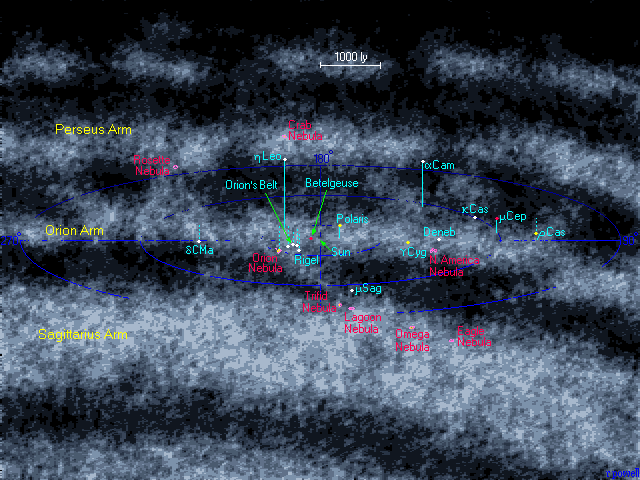
Next to more interesting stars, such as the white Vega, or the baleful red “eye of the bull” Aldebaran, we look for a relatively dim yellow dwarf known as Sol, or sometimes simply “the sun.”

Make sure to decelerate. We are very close. Don’t confuse the sun with the similar Tau Ceti system or the Alpha Centauri systems. The stars look almost the same, and they have planets, too, but no, let’s go near Sol.

The Sol system is surrounded by a fluff of icy debris. Millions of these chilly chunks float in wide orbits around their star, but space is vast. It is improbable that you will collide with any. The first massive planet you will reach is called Neptune.

Go near to Sol. Ignore the ice giants Neptune and Uranus. Ignore the gas giants Saturn and Jupiter. I know they are distractingly beautiful. Head to the inner solar system. By a smidgeon, Earth is the largest of the inner planets.

Earth is a complicated place, too. Wrapped in a thin layer of gases, its surface is mostly water. Its proximity to Sol means it has a lot of weather. Head for the rocky bits.
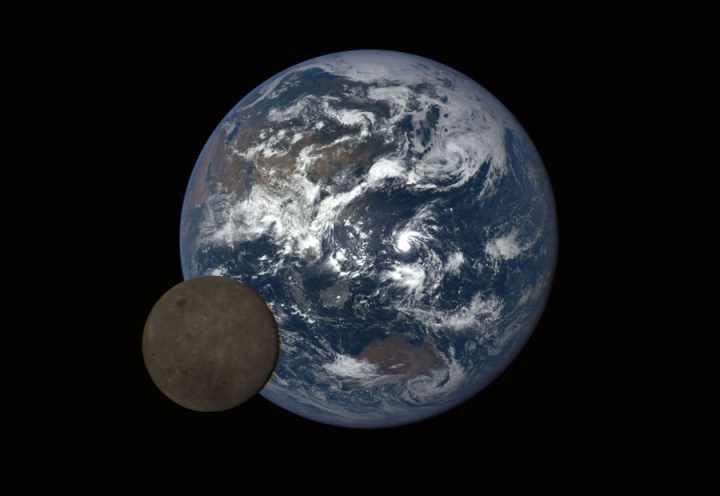
(Parenthetically, that is a NASA DSCOVR mission image, its vantage was beyond the moon. This is a single image, not pasted up.) Find a characteristic trapezoidal coastal feature and head about 300 miles inland.

This region of agriculture called the Palouse grows wheat, lentils, and other crops that do not require much water.

Near the center of the rolling fields is a small town with a university. Find the greenish house.
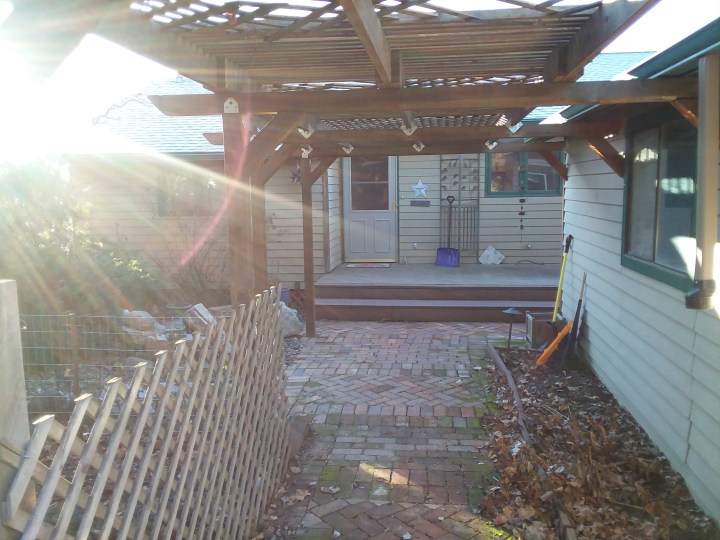
Knock (unless you happen to own the house). Step in.
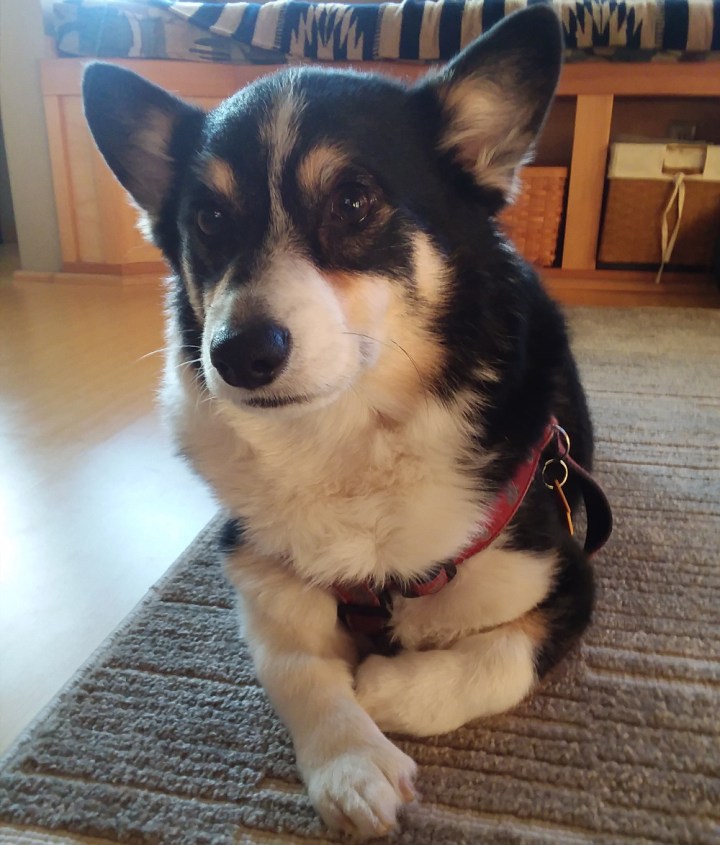
Oh, there’s Sir Galahad!
Hi, boy!
Oh, nicely done! A good trip.
LikeLiked by 1 person